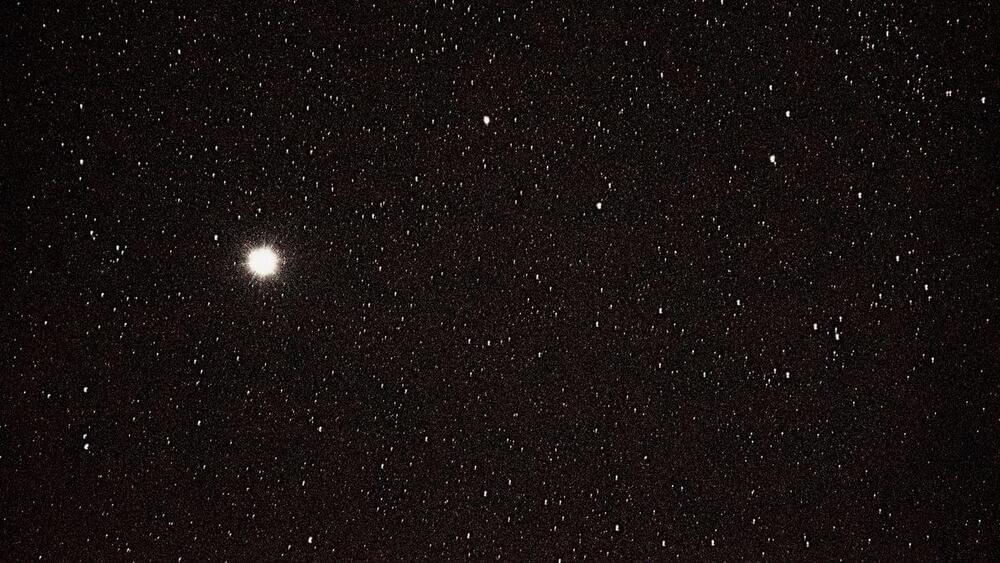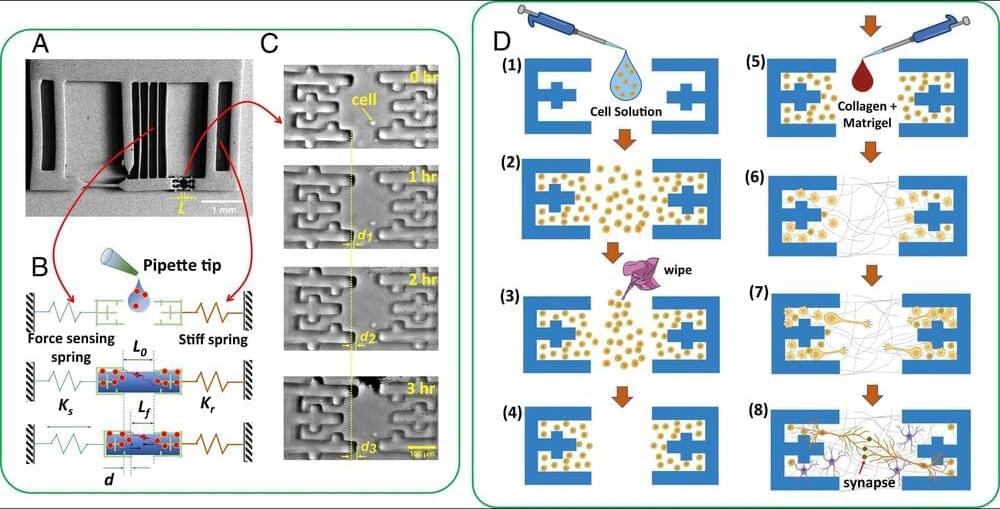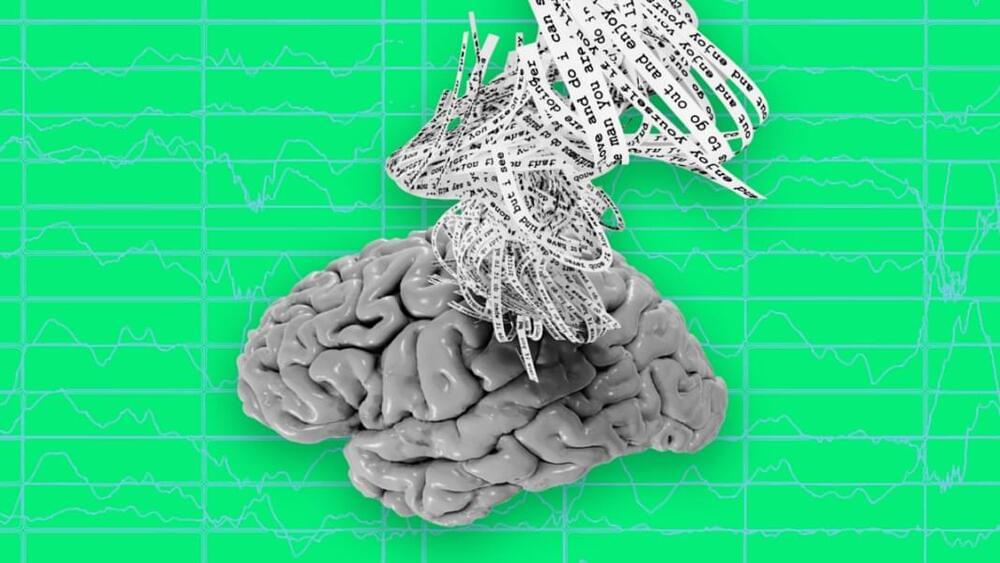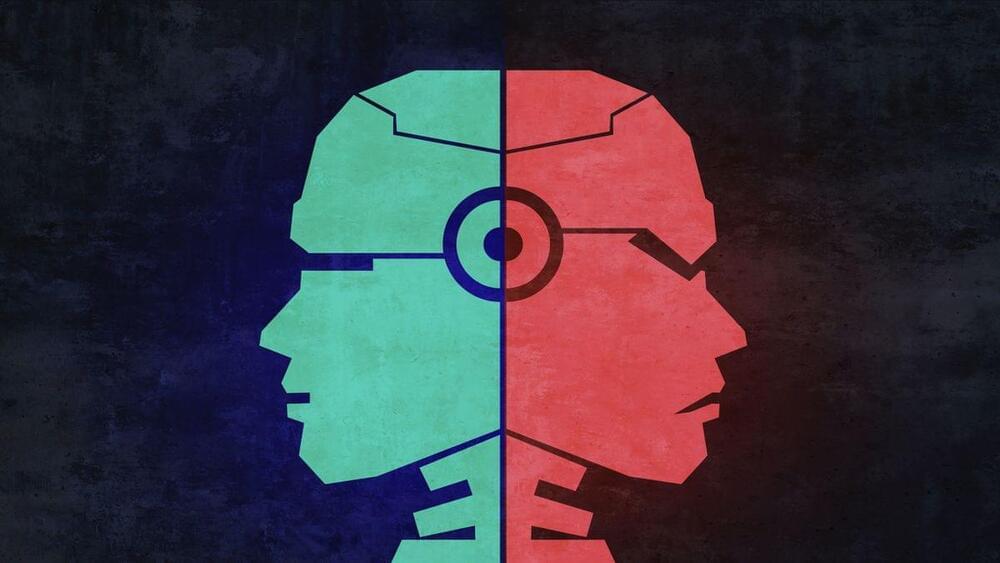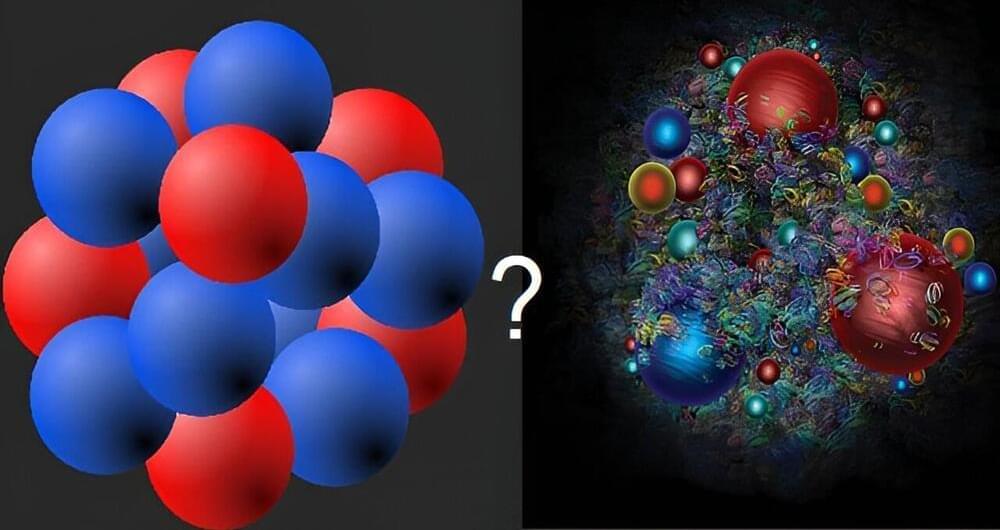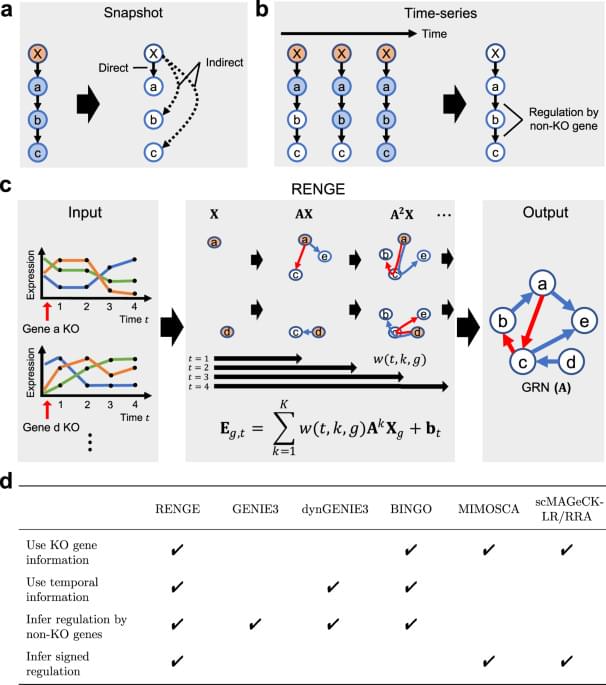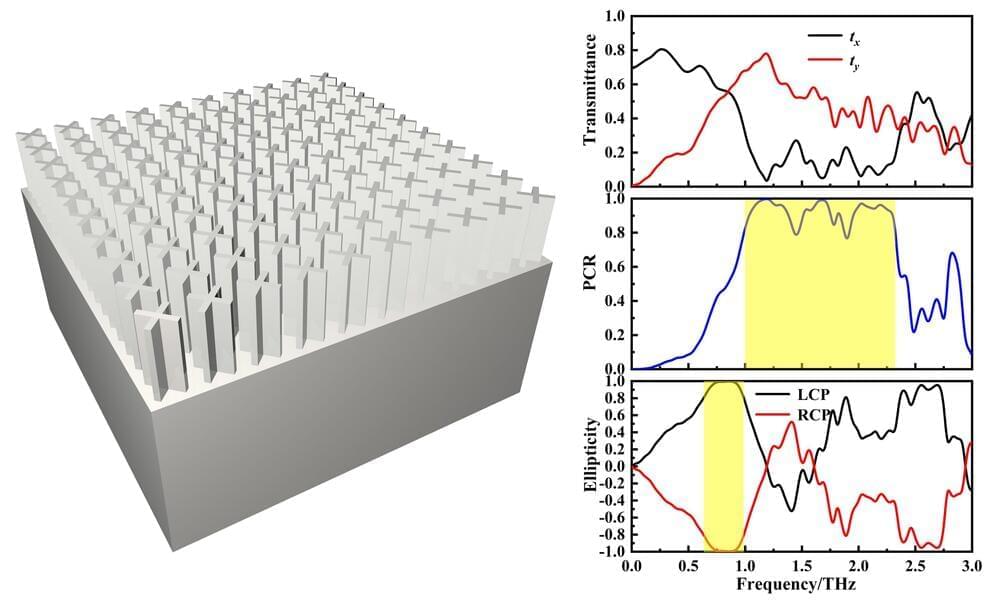Go to https://sponsr.is/cs_whatif and use code WHATIFSHOW to save 25% off today. Thanks to Curiosity Stream for sponsoring today’s video.
One thousand years into the future, humans might look like this.
00:00 Human Evolution.
01:00 5,000 YEARS INTO THE FUTURE
03:39 25,000 YEARS INTO THE FUTURE
06:15 250,000 YEARS INTO THE FUTURE
08:47 1 MILLION YEARS INTO THE FUTURE
Get the What if book: http://bit.ly/ytc-the-what-if-100-book.
Join this channel to get access to perks:
/ @whatifscienceshow.
Interested in sponsoring our episodes or collaborating? Email us: [email protected].
Our other channels:
